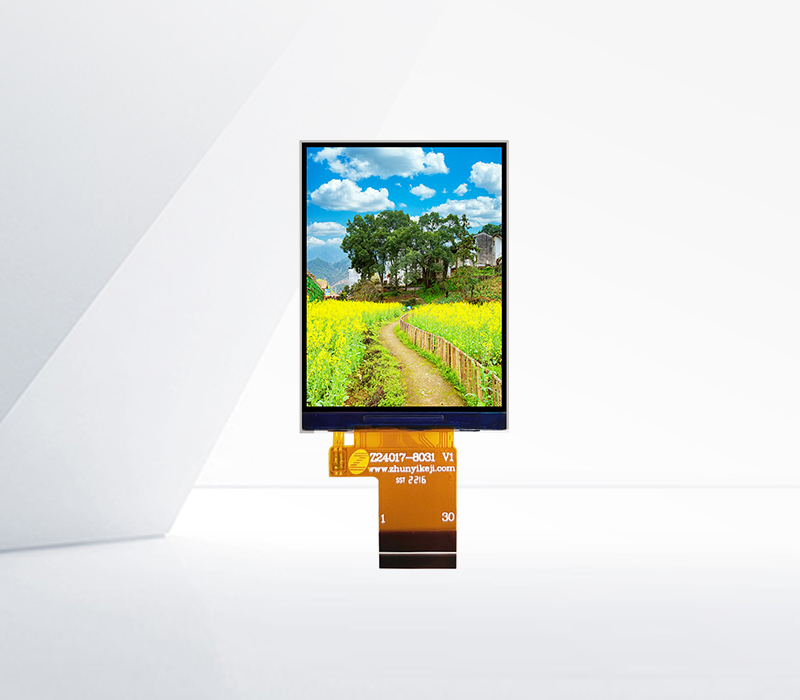




TN (Twisted Nematic) LED displays are widely used in various applications due to their cost - effectiveness and fast response times, which are crucial for handling dynamic images. However, optimizing their performance in dynamic scenes requires specific techniques and considerations.
The key factor in TN LED display dynamic image processing is the response time. TN panels typically have a relatively fast response time, often ranging from 1 to 5 milliseconds, which helps reduce motion blur. To further enhance this, manufacturers implement Overdrive technology. Overdrive applies an extra voltage to the liquid crystal molecules, accelerating their transition between different states. For example, when a fast - moving object, such as a car in a racing game, appears on the screen, Overdrive ensures that the pixels change their colors more rapidly, minimizing the smearing effect and making the image appear sharper.
In addition, frame interpolation techniques play a significant role in dynamic image processing. Frame interpolation algorithms analyze the content of consecutive frames and insert new frames to increase the frame rate. For instance, if the original video has a frame rate of 30 frames per second (fps), frame interpolation can boost it to 60 fps or even higher. This results in smoother motion, especially noticeable in action - packed movies or high - speed sports broadcasts. However, implementing frame interpolation in TN LED displays requires careful calibration to avoid introducing artifacts, such as ghosting or judder, which can degrade the viewing experience.
Color management is also important for dynamic images on TN LED displays. Since TN panels have a limited viewing angle compared to other display technologies like IPS (In - Plane Switching), maintaining consistent color accuracy during fast - moving scenes is challenging. Advanced color correction algorithms are used to adjust the color output based on the direction and speed of the moving objects. This ensures that colors remain vivid and true - to - life, even when the image is in motion. Additionally, local dimming features can be incorporated to enhance contrast in dynamic scenes. By selectively dimming specific regions of the backlight, the display can achieve deeper blacks and brighter whites, making the dynamic images more visually appealing.
Overall, a combination of fast response times, Overdrive technology, frame interpolation, color management, and local dimming works together to optimize the dynamic image processing capabilities of TN LED displays, making them suitable for a wide range of applications that require smooth and clear motion visuals.
